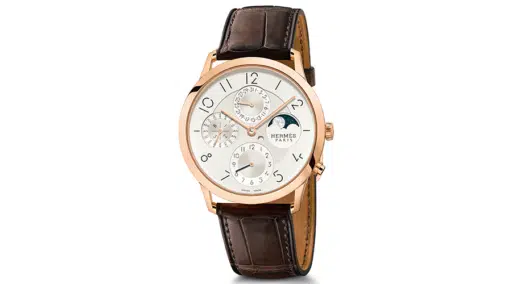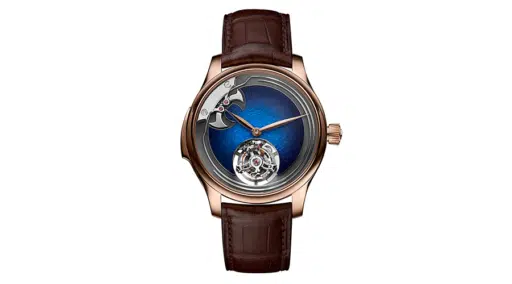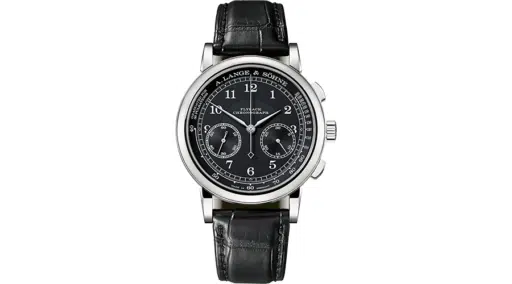The Different Types of Watch Movements
Quartz, automatic, manual — do you know the differences between the main types of watch movements?
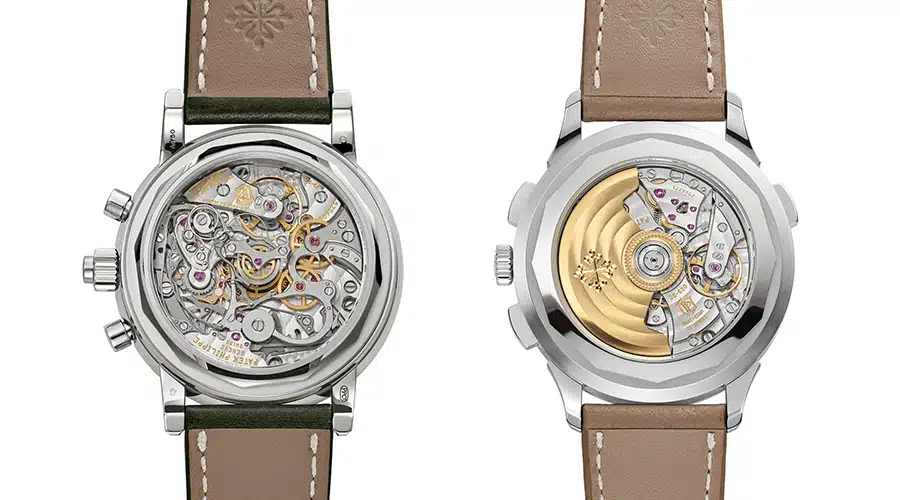
A watch movement, also called a caliber, is the mechanism that powers the watch. There are two main types of watch movements: quartz and mechanical movements. Quartz movements are battery powered, while mechanical movements are composed solely of mechanical components, including gears, springs, and wheels, and do not use batteries or other power sources.
The Different Types of Watch Movements
Mechanical Movements
There are two different types of mechanical watch movements: automatic and manual movements. Automatic movements are powered by a rotor, also called an oscillating weight or mass, that spins as you move. This motion winds and powers the watch. They are also called self-winding movements. Manual movements are powered as you wind them by turning the crown. Sometimes you’ll hear them called hand-wound movements.
What Is an In-house Movement?
Most luxury watch brands create their own movements in their manufactures, the horological equivalent of a factory. If they create the majority of the components, they call it an in-house movement. Brands have different definitions of what constitutes an in-house movement. Many brands purchase individual components, such as screws. Other brands don’t have the technical expertise to create the most difficult components, such as the hairspring. Most mass-produced watches use existing movements purchased from large companies. While these movements can be just as precise, they aren’t considered as impressive as in-house movements.
Which Is Better: Quartz or Mechanical Movements?
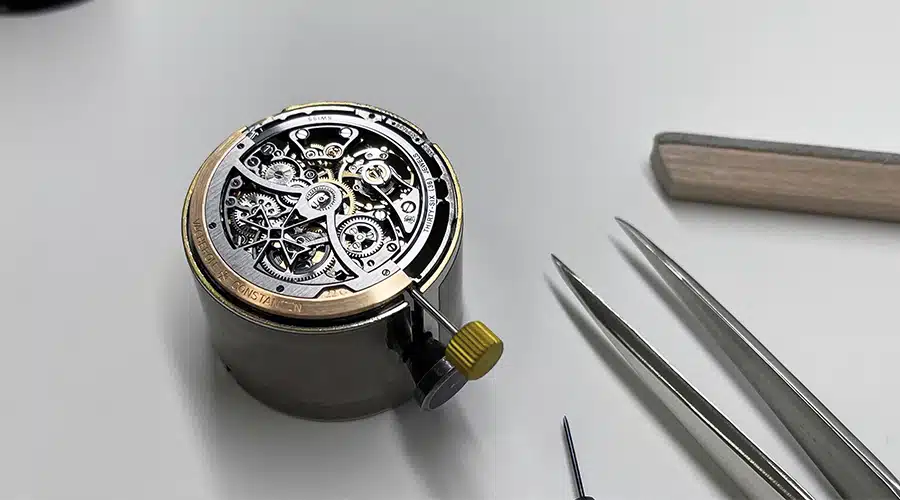
Mechanical movements are part of the time-honored tradition of making watches by hand. They are created by expert watchmakers and decorated by artisans. They are more difficult to create than quartz movements. In addition, they have a higher level of finishings and craftsmanship. Mechanical movements can be miniature works of art and technical innovation.
Quartz movements are more affordable than mechanical movements, and they don’t need to be wound. Some collectors simply prefer the ease of quartz movements. Even top mechanical watch brands like Patek Philippe and Audemars Piguet make quartz watches.
It’s difficult to compare mechanical and quartz movements. While they both power watches, they’re really different things, and there’s a place for both in the industry. You’re the one wearing the watch; pick what suits your lifestyle best.
Want to know more? Learn about the different types of rotors that power automatic movements here.




